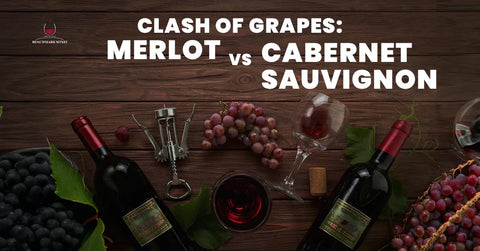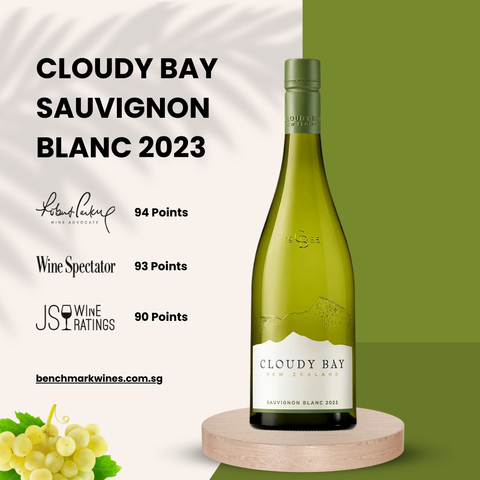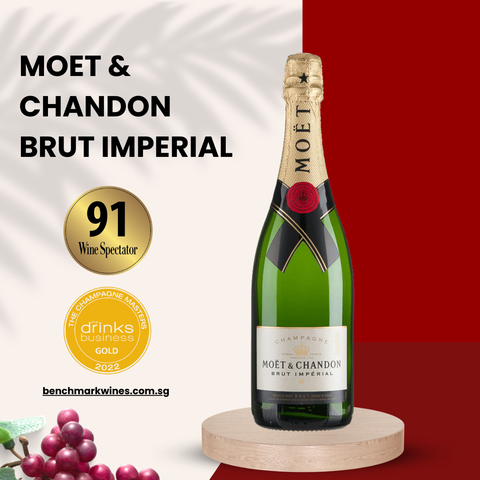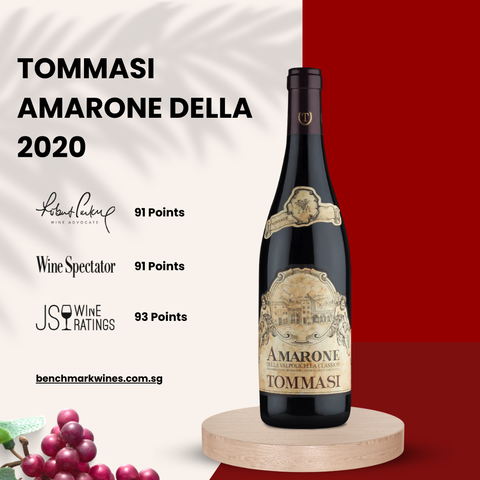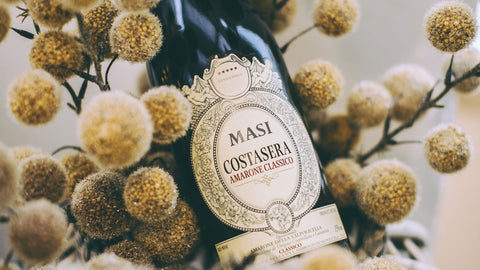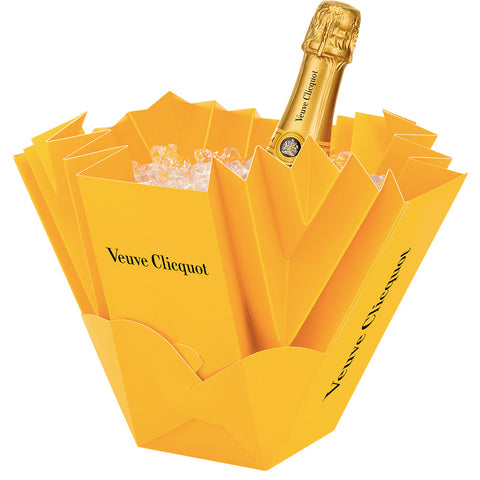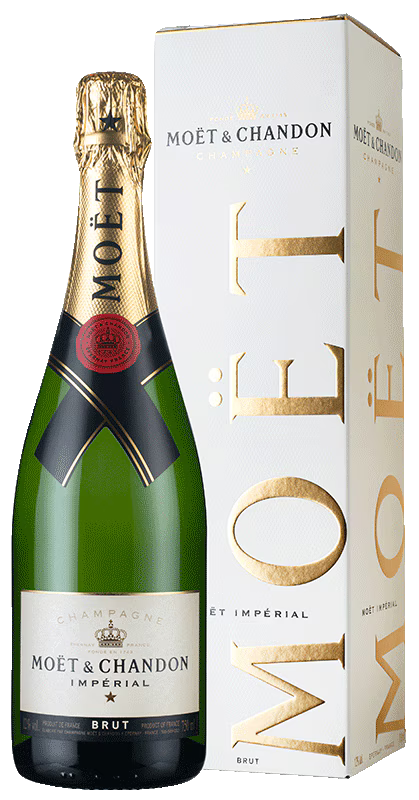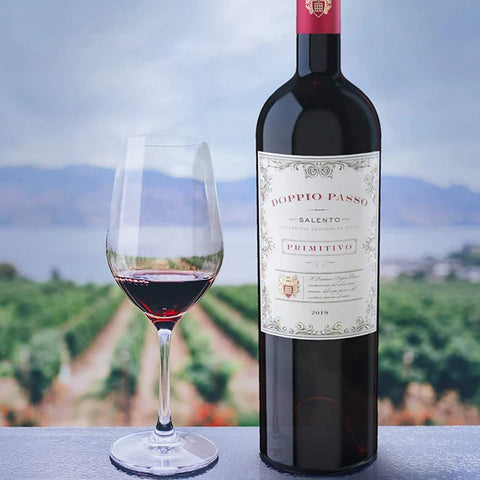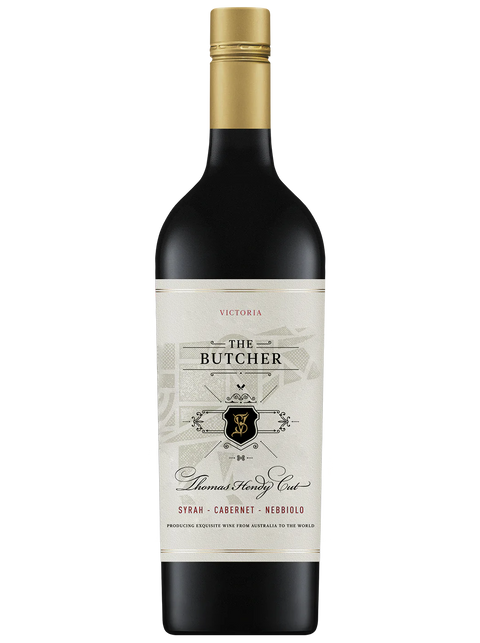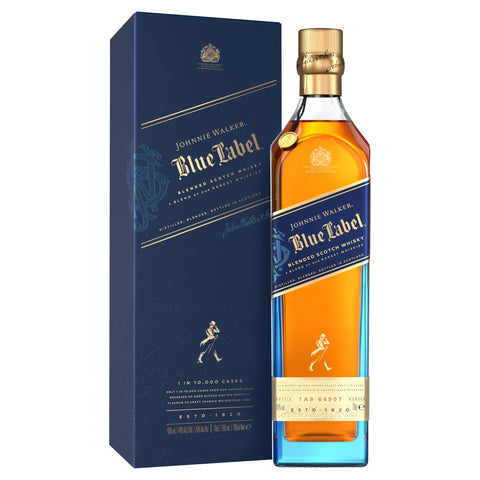Cabernet Sauvignon and Merlot stand as two of the most recognized and widely planted red wine grape varieties in the world. Often compared and sometimes confused, these noble grapes share similarities yet possess distinct characteristics that create markedly different wine experiences.
This Cabernet Sauvignon vs Merlot guide explores their key differences and similarities, helping wine enthusiasts make more informed choices when selecting, pairing, or collecting these wines. Gaining insight into the differences between these classic varietals can elevate anyone’s enjoyment of these renowned red wines.
Comparison at a Glance
|
Characteristic |
Cabernet Sauvignon |
Merlot |
|
Flavor Profile |
Black currant, black cherry, cedar, bell pepper, tobacco |
Plum, black cherry, chocolate, herbs, blueberry |
|
Body |
Full |
Medium to full |
|
Tannin Level |
High |
Medium |
|
Acidity |
Medium-high |
Medium |
|
Climate Preference |
Warmer regions with the long growing season |
Cooler climate, earlier ripening |
|
Aging Potential |
Excellent (10-20+ years) |
Good (5-15 years) |
|
Food Pairings |
Red meats, lamb, hard aged cheeses |
Roasted chicken, pork, and pasta dishes |
|
Notable Regions |
Bordeaux (Left Bank), Napa Valley, Australia, Chile |
Bordeaux (Right Bank), Washington State, Italy |
Historical Origins and Global Significance
The Cabernet Sauvignon vs Merlot story begins in France's Bordeaux region, where both grapes have thrived for centuries. Their geographical distribution within Bordeaux reveals much about their character:
-
Left Bank vs. Right Bank Division:
-
Cabernet Sauvignon dominates the Left Bank (Médoc, Graves)
-
Merlot rules the Right Bank (Saint-Émilion, Pomerol)
-
This division reflects optimal growing conditions for each variety
From these French origins, both varieties have spread globally, making significant economic and cultural impacts on the wine industry. Cabernet Sauvignon has become particularly prominent in regions like Napa Valley, Chile's Maipo Valley, and Australia's Coonawarra, while Merlot has found success in Washington State, Italy's northeast regions, and Chile's Colchagua Valley.

Grape Characteristics and Growing Conditions
Understanding the Cabernet Sauvignon and Merlot difference begins with their physical characteristics:
Cabernet Sauvignon features:
-
Small, thick-skinned berries with a high pip-to-pulp ratio
-
Late ripening pattern requiring longer growing seasons
-
Vigorous vine growth needs careful canopy management
-
Adaptation to well-drained gravel soils
Merlot showcases:
-
Larger berries with thinner skins
-
Earlier ripening (typically 1-2 weeks before Cabernet)
-
Greater frost sensitivity but less heat dependence
-
Preference for moisture-retaining clay and limestone soils
These botanical differences directly translate to wine character. Cabernet's thick skins produce more tannic, structured wines with deeper color extraction, while Merlot's thinner skins create softer, more approachable wines with moderately intense color.
Winemaking Approaches and Sensory Profiles
The winemaking process accentuates the natural differences between these varieties:
Fermentation and Extraction:
-
Cabernet typically undergoes longer maceration to extract structure
-
Merlot benefits from gentler extraction to maintain its smooth character
Oak Treatment:
-
Cabernet handles substantial new oak aging (18-24+ months)
-
Merlot often receives moderate oak exposure with higher percentages of neutral oak
In the glass, the Cabernet Sauvignon and Merlot comparison reveals distinctive sensory experiences:
Cabernet Sauvignon presents:
-
Deep, nearly opaque ruby-purple color
-
Aromas of black currant, blackberry, cedar, tobacco, and sometimes green bell pepper
-
Firm tannin structure creates a mouth-drying sensation
-
Long, complex finish with aging potential
Merlot offers:
-
Medium to deep ruby color with greater transparency
-
Aromas of plum, black cherry, chocolate, and herbs
-
Velvety tannins with a plush mid-palate
-
Moderate finish with earlier drinking appeal
Regional Expressions and Food Pairings
Regional expressions highlight how terroir affects the Cabernet Sauvignon and Merlot comparison:
Old World Expressions:
-
Bordeaux Cabernet: Structured, restrained fruit, pronounced earthiness
-
Bordeaux Merlot: Medium-bodied, red fruit-forward, mineral notes
-
Italian interpretations: Super Tuscans featuring Cabernet; Veneto region for softer Merlots
New World Innovations:
-
Napa Valley Cabernet: Bold, ripe fruit, higher alcohol, powerful structure
-
Washington State Merlot: Balanced with bright acidity and red fruit purity
-
Australian Cabernet: Eucalyptus notes, concentrated fruit, substantial tannins
The distinct characteristics of each grape make them suitable for different dining experiences:
Cabernet Sauvignon pairs excellently with:
-
Grilled or roasted red meats, especially beef and lamb
-
Hard aged cheeses like cheddar or Gouda
-
Dishes featuring mushrooms or truffles
Merlot complements:
-
Roasted chicken, pork loin, or duck
-
Pasta dishes with tomato-based sauces
-
Semi-soft cheeses and charcuterie
Buying Guide and Blind Tasting Tips
When purchasing, the choice often comes down to:
Price Considerations:
-
Entry-level Merlot often provides better immediate value
-
Mid-range Cabernet ($30-60) typically offers an excellent quality-to-price ratio
-
Premium examples of both varieties reward patient cellaring
How to Tell Them Apart in Blind Tastings:
-
Color intensity: Cabernet is typically darker with slower-moving legs
-
Aromatic markers: Green notes in Cabernet vs. chocolate notes in Merlot
-
Tannin structure: Firm and drying (Cabernet) vs. soft and plush (Merlot)
-
Finish length: Generally longer in Cabernet than Merlot
Conclusion
While both Cabernet Sauvignon and Merlot have earned their places among the world's most beloved red wines, their differences offer wine enthusiasts a fascinating study in contrast. From Cabernet's structured, powerful presence to Merlot's approachable, plush character, each variety brings distinctive qualities to the table. The Cabernet Sauvignon vs Merlot comparison isn't about determining which is superior, it's about appreciating how each grape expresses itself differently and finding the right match for your palate, occasion, and food pairing. Whether enjoyed on their own or as part of a blend, these two noble grapes continue to define excellence in red wine production around the globe.

